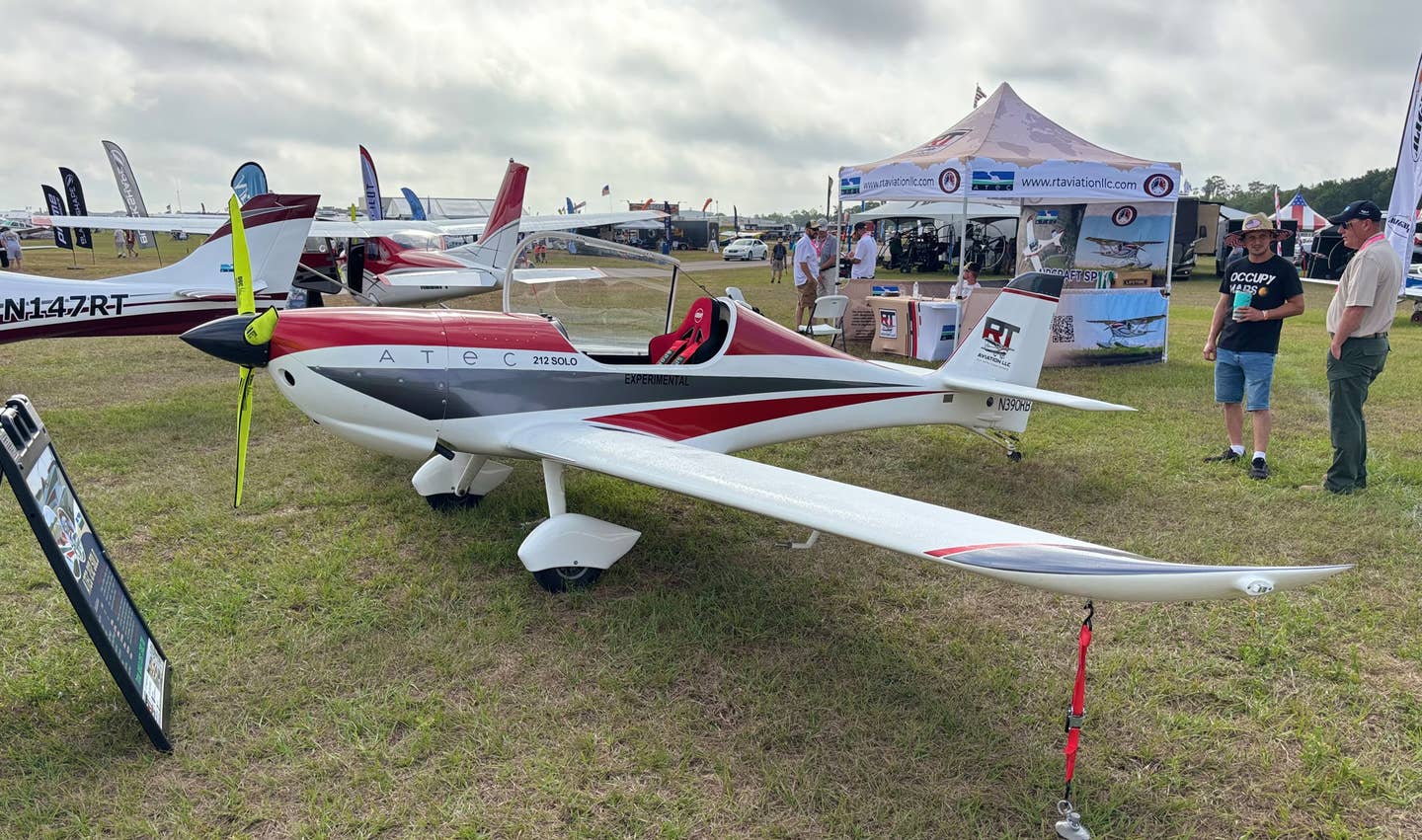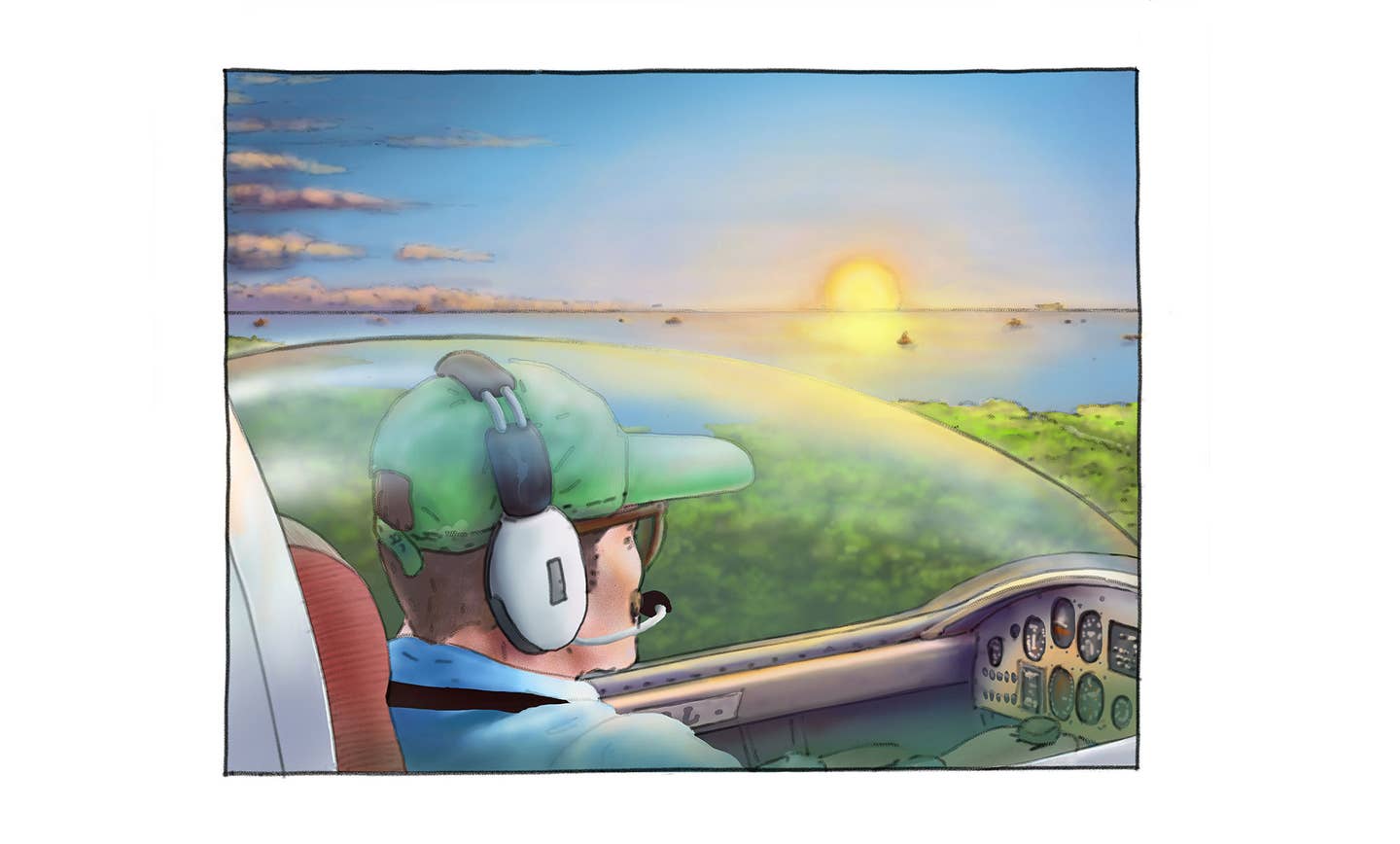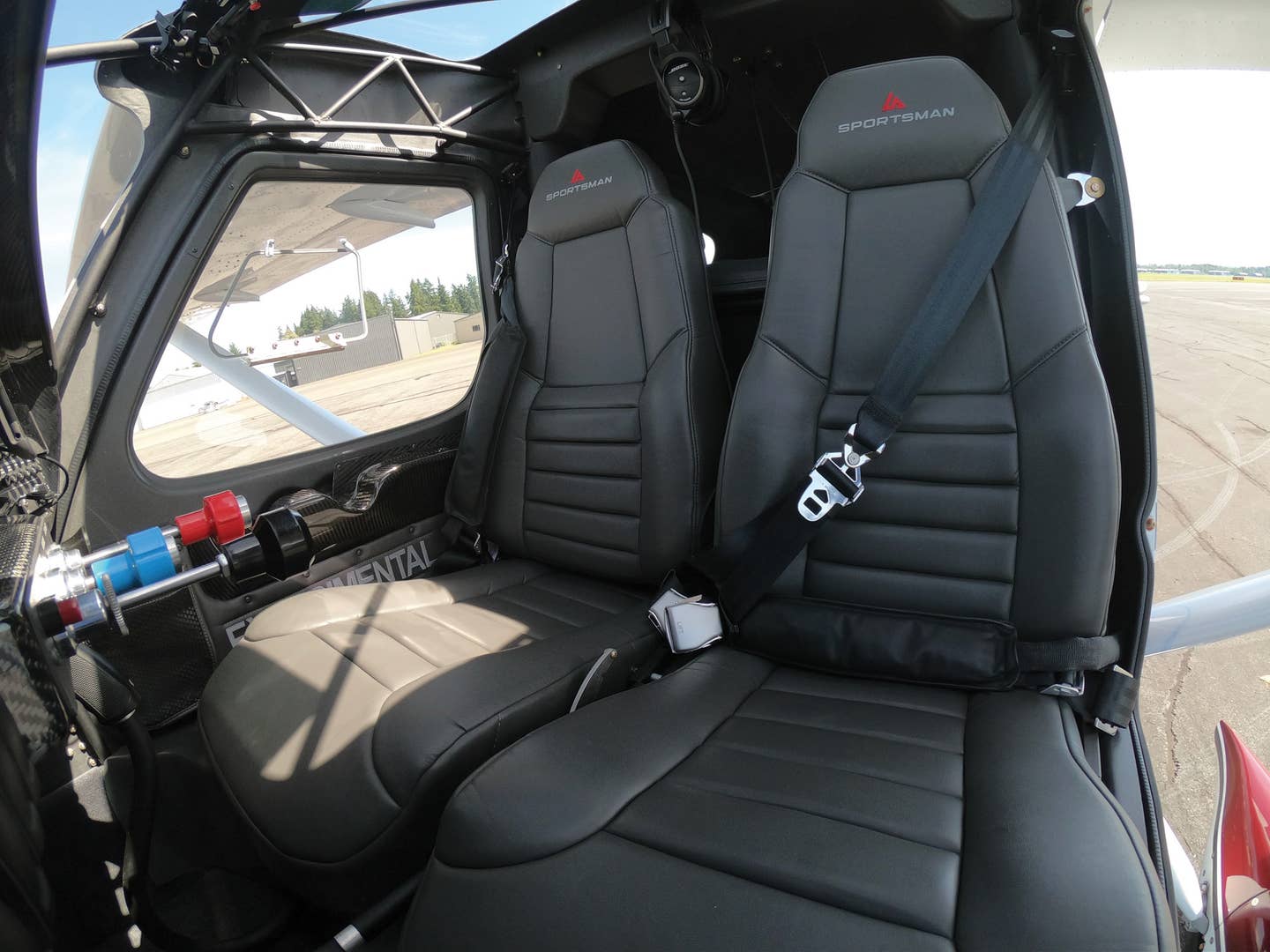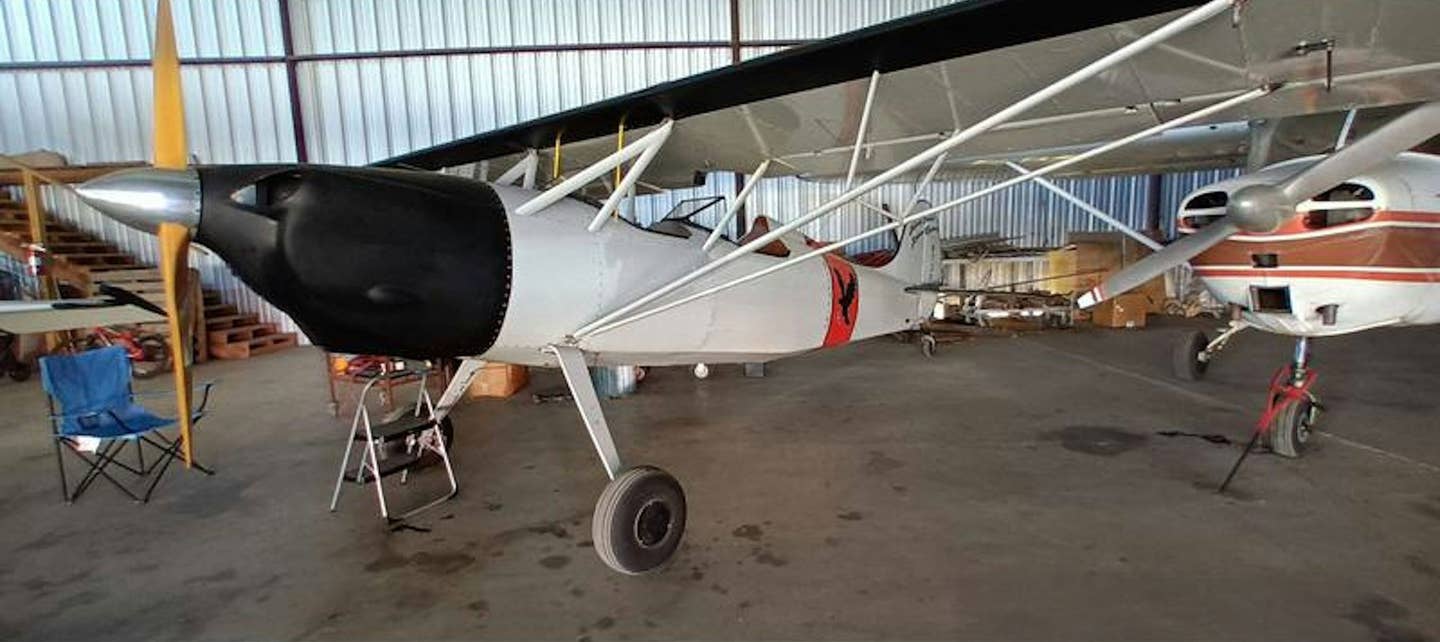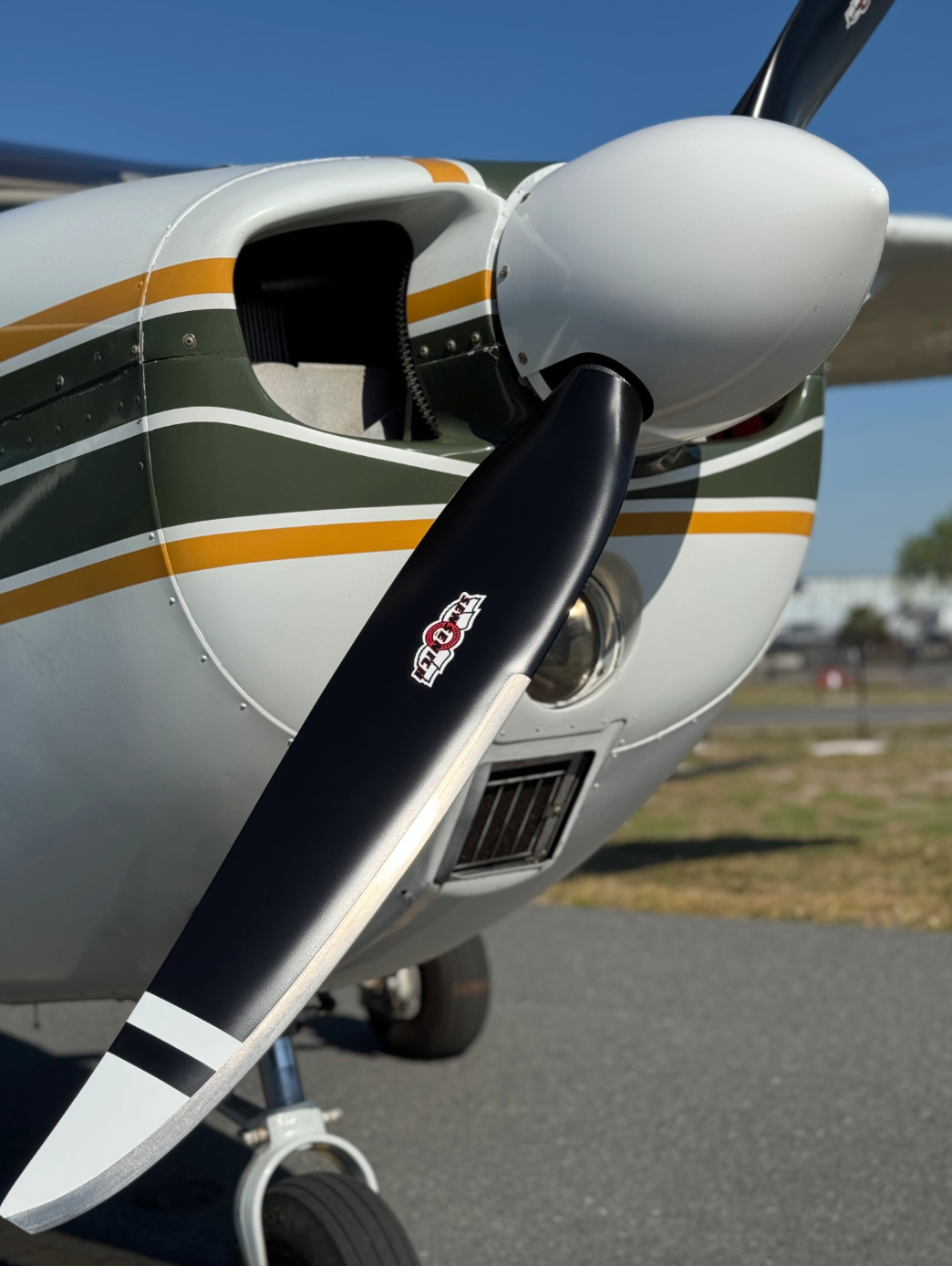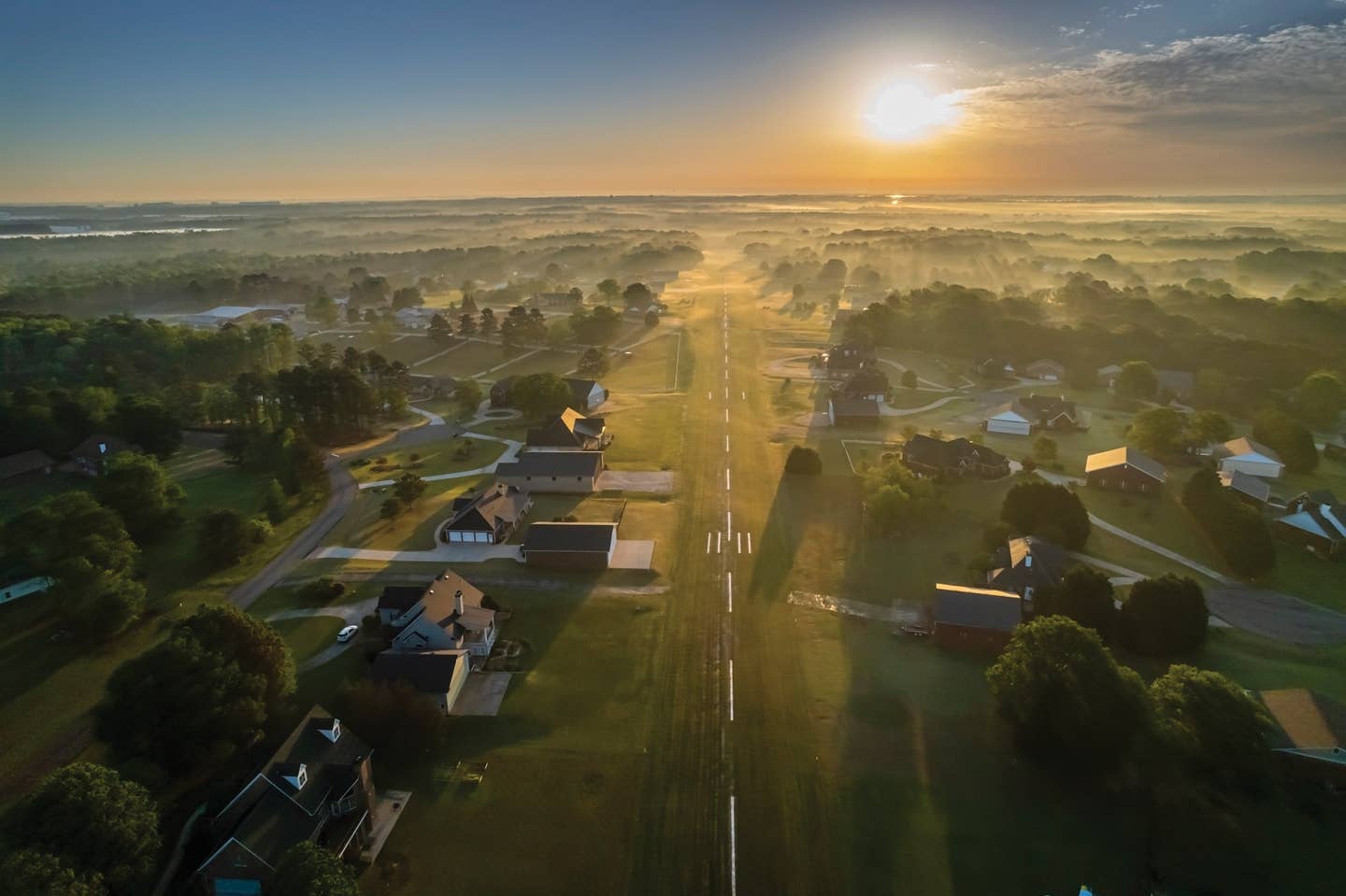What makes
What makes the 182 Skylane so versatile is its abundant power; the constant-speed prop means its full 230-hp is on tap for takeoff versus the 90 or 100 hp available with the…

What makes the 182 Skylane so versatile is its abundant power; the constant-speed prop means its full 230-hp is on tap for takeoff versus the 90 or 100 hp available with the fixed-pitch propeller on lesser planes. After a Skyhawk lifts off, it has to pause and catch its breath before deciding to climb. The Skylane, on the other hand, accelerates past Vy without reluctance. Lightly loaded, it'll deliver an initial 1000-fpm climb rate and readily move up to 10,000 feet MSL or higher, an altitude where Skyhawks fear to tread.
Settled into cruise, the average Skylane produces 130 knots and burns about 12 gph; with 84 gallons on board, you can stay there for five hours or more with beaucoup reserves, and the large cabin and stable ride keep everyone comfortable. If you want to land on a short grass airstrip, there's no tender retractable gear to worry about, and the Skylane's docile 50-knot stalling speed is only five knots or so greater than a Skyhawk's.

Subscribe to Our Newsletter
Get the latest Plane & Pilot Magazine stories delivered directly to your inbox

